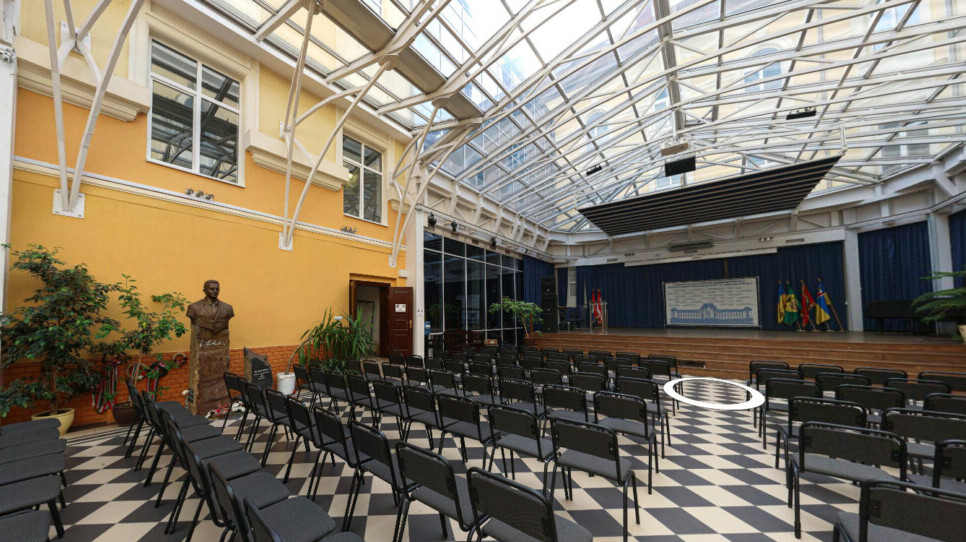On a Sunday afternoon, 12 January 1919, Dr. Szőke Andor, Ungvár’s (Uzhhorod’s) chief medical officer was dozing in a car that took him from Szobránc (Sobrance) to Ungvár. Dr. Szőke was travelling with people of high rank, Berzeviczy István Ungvár’s mayor, and Bánóczy Béla Ung...
In early December 1918 Ruthenian representatives of various political views from north-eastern Hungarian counties went to Budapest by a special train. The train might have been slow due to the shortage of coal in the post-war months in Hungary, so they had to economize on heating in the locomotive....
Szabó Simon, a Greek Catholic canon, the leader of the Hungarian Ruthenian People’s Assembly, declared in November 1918, “The people heard president Wilson’s wakening word and discuss in their wooden huts the rights of nations for self-determination.” Szabó’s comment is rather a...
This is the way a Mezővári (Vary) resident who was returning home from Budapest in November 1918 interpreted the fact that the Aster Revolution won in Hungary and Károlyi Mihály formed a new government. As a result of the collapse of the Austro-Hungarian Empire, the ubiquitous chaos in the...
The process of forming a region is of special interest as a historical series of events. The first document to record the formation of Transcarpathia was the the Treaty of Saint-Germain-en-Laye. This document also reveals that the autonomous region to be created within Czechoslovakia is based on...

